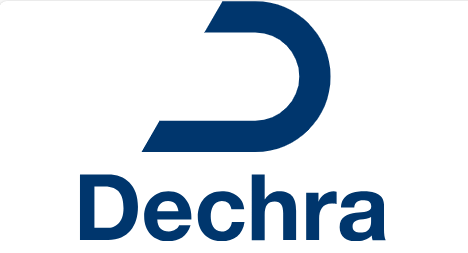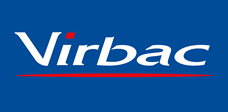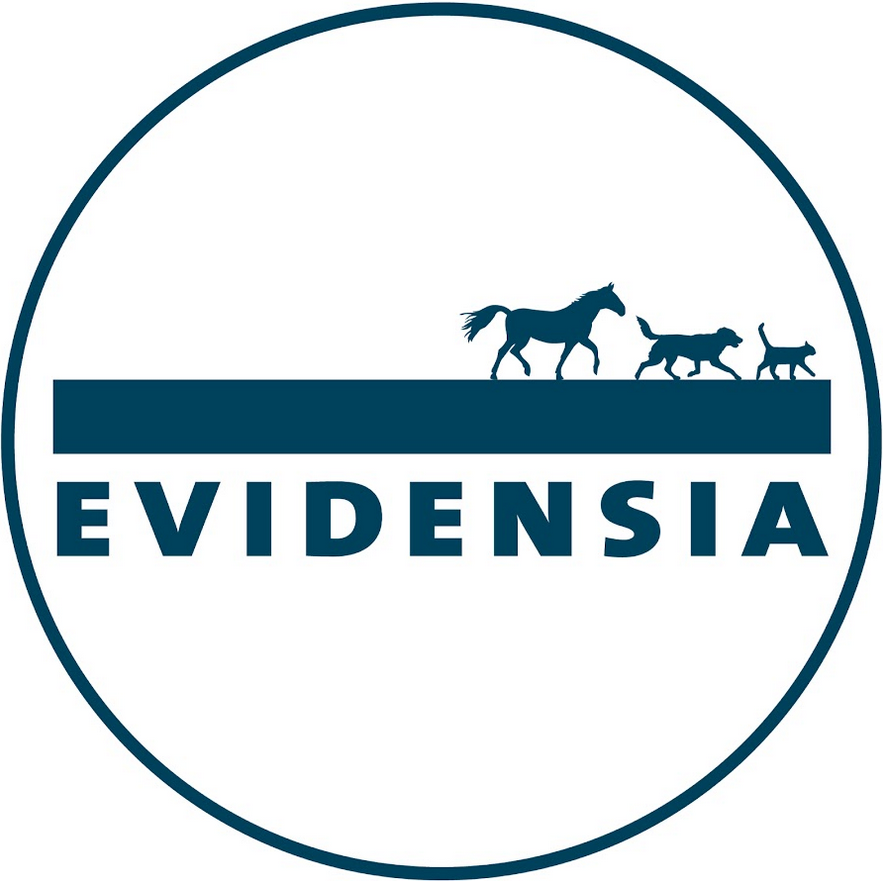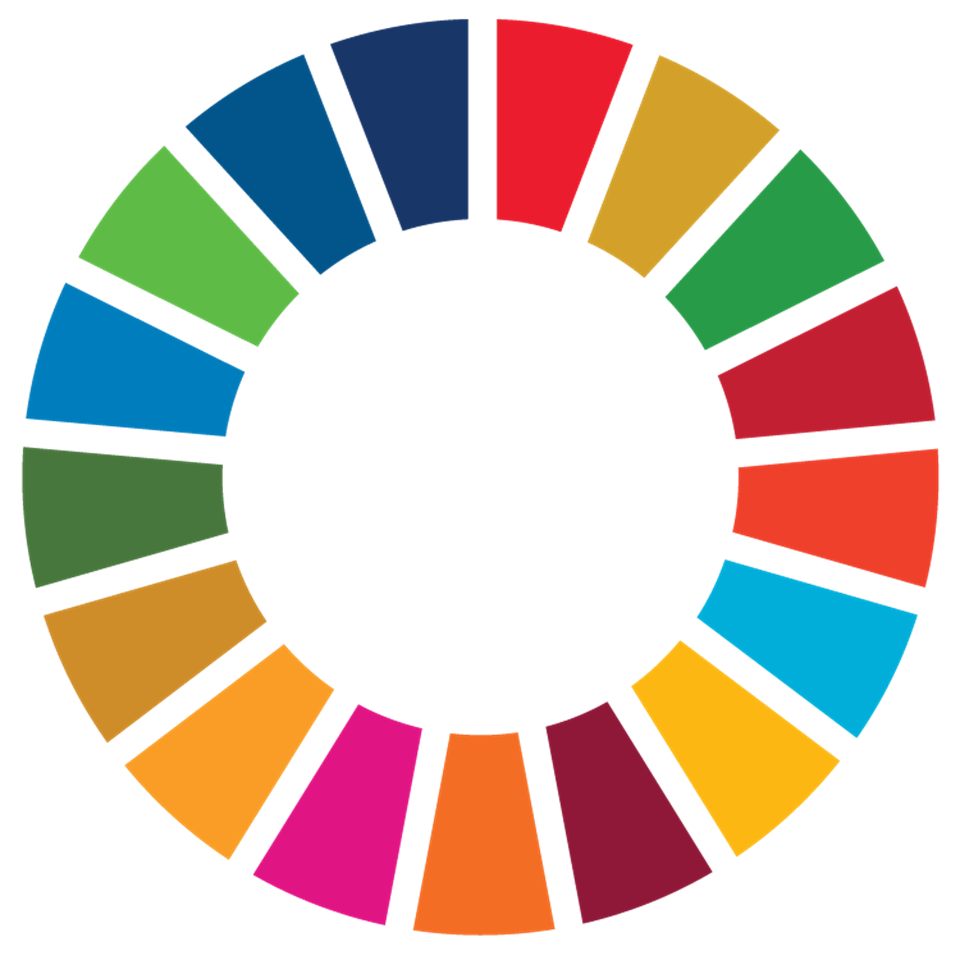Combination therapy
No results were found for your selected species
Avishield ND B1
Active substance
ATC code
Species
Chickens (broilers and future layers/breeders)
Indications
For active immunisation of chickens (broilers and future layers/breeders) to reduce mortality and clinical signs due to infection with Newcastle disease virus.
Onset of immunity: 3 weeks post vaccination.
Duration of immunity: 5 weeks post vaccination.
Dose to be administered and administration route
Coarse spray and oculonasal route: from one day of age
Drinking water route: from 7 days of age
The method of application depends on the epizootiological situation, age category and number of animals.
1. Oculonasal administration
Suspend 1000 doses of the vaccine in 100 ml distilled water.
A dose of reconstituted vaccine is 0.1 ml, i.e. two drops, irrespective of poultry age, weight and type. Instil one drop into the eye and one drop into the nostril.
For chickens aged from 1 to 14 days of smaller breeds, 4 drops of 25 μl should be used. Administer one drop in each eye (0.05 ml altogether) and then one drop in each nostril (0.05 ml altogether).
2. Drinking water administration
Suspend the vaccine in cool and clean water without traces of chlorine, other disinfectants or impurities in a number of doses corresponding to the number of birds to be vaccinated. Where the number of birds is between the standard dosages, the next higher dosage should be used.
The vaccine should be suspended immediately before use.
Measure the correct volume of water for the number of birds to be vaccinated. The volume of water for reconstitution depends on the age of the birds, breed, management practice and weather conditions. In order to determine the quantity of water in which vaccine will be suspended, measure the volume of water consumed within a two hours period one day before vaccination.
The vaccine should be dissolved in the amount of water which will be drunk within 1.5 to 2.0 hours (taking into account the different types of drinking systems for poultry).
As an orientation guide for younger chickens (until 3rd week of life), apply reconstituted vaccine to cold and fresh water at the rate of 1,000 doses of vaccine to 1 litre of water per day of age for 1,000 chickens, e.g. 7 litres would be needed for 1,000, 7 day old chickens
In order to make the birds thirsty, withdraw the supply of drinking water up to 2 hours prior to immunisation (birds drinking behaviour varies, depending on the air temperature, type of birds, breed, management, weather conditions).
The drinking system should work properly and should be clean, without traces of chlorine, other disinfectants or impurities.
If needed, turn the lights down low when the water is turned off. After vaccine is in drinking system, increase light. Increased light intensity will stimulate the birds to look for food and water.
Once the vaccine has been consumed, resume management practices as normal. This approach to vaccination will ensure a more even vaccination of the flock and will be less stressful to the birds. Performance should therefore be less adversely affected.
3. Spray administration
It is recommended to resuspend 1000 doses of the vaccine in 150 - 300 ml of distilled water. The number of doses diluted corresponds to the number of birds in a flock.
The volume of water for reconstitution should be sufficient to ensure an even distribution when sprayed onto the birds, and will vary according to the age of the birds being vaccinated and the management system. The reconstituted vaccine suspension should be spread evenly over the correct number of chickens, at a distance of 30 – 40 cm using a coarse spray (targeted average droplet size of 150 - 170 microns), preferably when the chickens are sitting together in dim light.
Adverse reactions
Respiratory disturbances such as tracheal rales occur very commonly after intranasal/ocular route of administration. These signs could last at least two weeks.
The frequency of adverse reactions is defined using the following convention:
- very common (more than 1 in 10 animals treated displaying adverse reaction(s))
- common (more than 1 but less than 10 animals in 100 animals treated)
- uncommon (more than 1 but less than 10 animals in 1,000 animals treated)
- rare (more than 1 but less than 10 animals in 10,000 animals treated)
- very rare (less than 1 animal in 10,000 animals treated, including isolated reports)
Dispensing
POM-VSUMMARY OF PRODUCT CHARACTERISTICS
1. NAME OF THE VETERINARY MEDICINAL PRODUCT
Avishield ND B1, lyophilisate for oculonasal suspension/use in drinking water for chickens
2. QUALITATIVE AND QUANTITATIVE COMPOSITION
Each dose contains Active substance:
Live, lentogenic virus of Newcastle disease, strain Hitchner B1 106.0 to 107.0 TCID50
TCID50 = 50% Tissue Culture Infective Dose
Excipients:
For the full list of excipients, see section 6.1.
3. PHARMACEUTICAL FORM
Lyophilisate for oculonasal suspension/use in drinking water Cream coloured lyophilisate
4. CLINICAL PARTICULARS
4.1 Target species
Chickens (broilers and future layers/breeders)
4.2 Indications for use, specifying the target species
For active immunisation of chickens (broilers and future layers/breeders) to reduce mortality and clinical signs due to infection with Newcastle disease virus.
Onset of immunity: 3 weeks post vaccination.
Duration of immunity: 5 weeks post vaccination.
4.3 Contraindications
None.
4.4 Special warnings for each target species
Vaccinate healthy animals only.
Maternally Derived Antibodies (MDA) can interfere with the development of active immunity. In flocks where high levels of MDAs are expected, vaccination programme should be planned accordingly.
4.5 Special precautions for use
Special precautions for use in animals
All the birds in the flock should be vaccinated at the same time. The vaccine strain can spread to susceptible, unvaccinated birds for at least 10 days following vaccination. The spread does not induce clinical signs. The vaccine strain can spread to non-target susceptible species. Appropriate veterinary and husbandry measures should be taken to avoid spread of the vaccine strain to susceptible species.
The vaccine virus can disseminate to the trachea, spleen, kidneys, lung, caecal tonsils, duodenum and brains of chickens without inducing pathological changes to these organs.
Special precautions to be taken by the person administering the veterinary medicinal product to animals
Care should be taken when handling and administering the vaccine.
Newcastle disease virus can cause a mild transient conjunctivitis in the person administering the vaccine.
Personal protective equipment consisting of well-fitting masks and eye protection to European standards should be worn when handling the veterinary medicinal product. Personnel involved in attending vaccinated chickens should follow general hygiene principles (washing/disinfecting hands, changing clothes, wearing gloves, cleaning and disinfection of boots) and take particular care in handling animal waste and bedding materials litter from recently vaccinated chickens.
4.6 Adverse reactions (frequency and seriousness)
Respiratory disturbances such as tracheal rales occur very commonly after intranasal/ocular route of administration. These signs could last at least two weeks.
The frequency of adverse reactions is defined using the following convention:
- very common (more than 1 in 10 animals treated displaying adverse reaction(s))
- common (more than 1 but less than 10 animals in 100 animals treated)
- uncommon (more than 1 but less than 10 animals in 1,000 animals treated)
- rare (more than 1 but less than 10 animals in 10,000 animals treated)
- very rare (less than 1 animal in 10,000 animals treated, including isolated reports)
4.7 Use during pregnancy, lactation or lay
Laying birds:
Do not use in birds in lay and within 4 weeks before the start of the laying period
4.8 Interaction with other medicinal products and other forms of interaction
No information is available on the safety and efficacy of this vaccine when used with any other veterinary medicinal product. A decision to use this vaccine before or after any other veterinary medicinal product therefore needs to be made on a case by case basis.
4.9 Amounts to be administered and administration route
Coarse spray and oculonasal route: from one day of age
Drinking water route: from 7 days of age
The method of application depends on the epizootiological situation, age category and number of animals.
1. Oculonasal administration
Suspend 1000 doses of the vaccine in 100 ml distilled water.
A dose of reconstituted vaccine is 0.1 ml, i.e. two drops, irrespective of poultry age, weight and type. Instil one drop into the eye and one drop into the nostril.
For chickens aged from 1 to 14 days of smaller breeds, 4 drops of 25 μl should be used. Administer one drop in each eye (0.05 ml altogether) and then one drop in each nostril (0.05 ml altogether).
2. Drinking water administration
Suspend the vaccine in cool and clean water without traces of chlorine, other disinfectants or impurities in a number of doses corresponding to the number of birds to be vaccinated. Where the number of birds is between the standard dosages, the next higher dosage should be used.
The vaccine should be suspended immediately before use.
Measure the correct volume of water for the number of birds to be vaccinated. The volume of water for reconstitution depends on the age of the birds, breed, management practice and weather conditions. In order to determine the quantity of water in which vaccine will be suspended, measure the volume of water consumed within a two hours period one day before vaccination.
The vaccine should be dissolved in the amount of water which will be drunk within 1.5 to 2.0 hours (taking into account the different types of drinking systems for poultry).
As an orientation guide for younger chickens (until 3rd week of life), apply reconstituted vaccine to cold and fresh water at the rate of 1,000 doses of vaccine to 1 litre of water per day of age for 1,000 chickens, e.g. 7 litres would be needed for
1,000, 7 day old chickens
In order to make the birds thirsty, withdraw the supply of drinking water up to 2 hours prior to immunisation (birds drinking behaviour varies, depending on the air temperature, type of birds, breed, management, weather conditions).
The drinking system should work properly and should be clean, without traces of chlorine, other disinfectants or impurities.
If needed, turn the lights down low when the water is turned off. After vaccine is in drinking system, increase light. Increased light intensity will stimulate the birds to look for food and water.
Once the vaccine has been consumed, resume management practices as normal. This approach to vaccination will ensure a more even vaccination of the flock and will be less stressful to the birds. Performance should therefore be less adversely affected.
3. Spray administration
It is recommended to resuspend 1000 doses of the vaccine in 150 - 300 ml of distilled water. The number of doses diluted corresponds to the number of birds in a flock.
The volume of water for reconstitution should be sufficient to ensure an even distribution when sprayed onto the birds, and will vary according to the age of the birds being vaccinated and the management system. The reconstituted vaccine suspension should be spread evenly over the correct number of chickens, at a distance of 30 – 40 cm using a coarse spray (targeted average droplet size of 150 - 170 microns), preferably when the chickens are sitting together in dim light.
4.10 Overdose (symptoms, emergency procedures, antidotes), if necessary
Slightly open mouth breathing was seen very commonly 8-12 days post vaccination after application of a tenfold overdose by coarse spray in laboratory study; these signs disappeared within 12 days.
4.11 Withdrawal period(s) Zero days.
5. IMMUNOLOGICAL PROPERTIES
Pharmacotherapeutic group:
Immunologicals, immunologicals for aves, domestic fowl, live viral vaccines, Newcastle disease virus/paramyxovirus.
ATCvet code: QI01AD06
To stimulate active immunity against Newcastle disease virus in chickens.
6. PHARMACEUTICAL PARTICULARS
6.1 List of excipients
Povidone K-25
Bacto peptone
Monosodium glutamate
Potassium dihydrogen phosphate
Potassium hydroxide
Dextran 40000
6.2 Major incompatibilities
Do not mix with any other veterinary medicinal product.
6.3 Shelf life
Shelf life of the veterinary medicinal product as packaged for sale: 2 years. Shelf life after reconstitution according to directions: 3 hours.
6.4 Special precautions for storage
Store and transport refrigerated (2 °C – 8 °C).
Protect from light.
Do not freeze.
6.5 Nature and composition of immediate packaging
The vaccine is filled into colourless glass vials (type I), which are closed with brombutyl rubber stoppers and sealed with aluminium caps.
Carton with 10 vials of 1000 doses of vaccine.
Carton with 10 vials of 2500 doses of vaccine.
Carton with 10 vials of 5000 doses of vaccine.
Not all pack sizes may be marketed.
6.6 Special precautions for the disposal of unused veterinary medicinal product or waste materials derived from the use of such products
Any unused veterinary medicinal product or waste materials derived from such veterinary medicinal product should be disposed of in accordance with local requirements.
7. MARKETING AUTHORISATION HOLDER
Genera Inc.
Svetonedeljska cesta 2, Kalinovica
10436 Rakov Potok
Croatia
8. MARKETING AUTHORISATION NUMBER
Vm 43676/4003
9. DATE OF FIRST AUTHORISATION
29 March 2018
10. DATE OF REVISION OF THE TEXT
October 2022

Approved: 05 October 2022
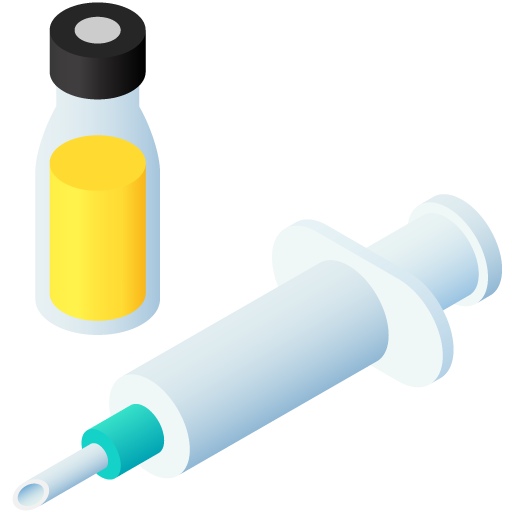
| Art. Nr. | 43676/4003 |
|---|---|
| EAN | 3858888798727 |
 TRUSTED SOURCE
TRUSTED SOURCE



